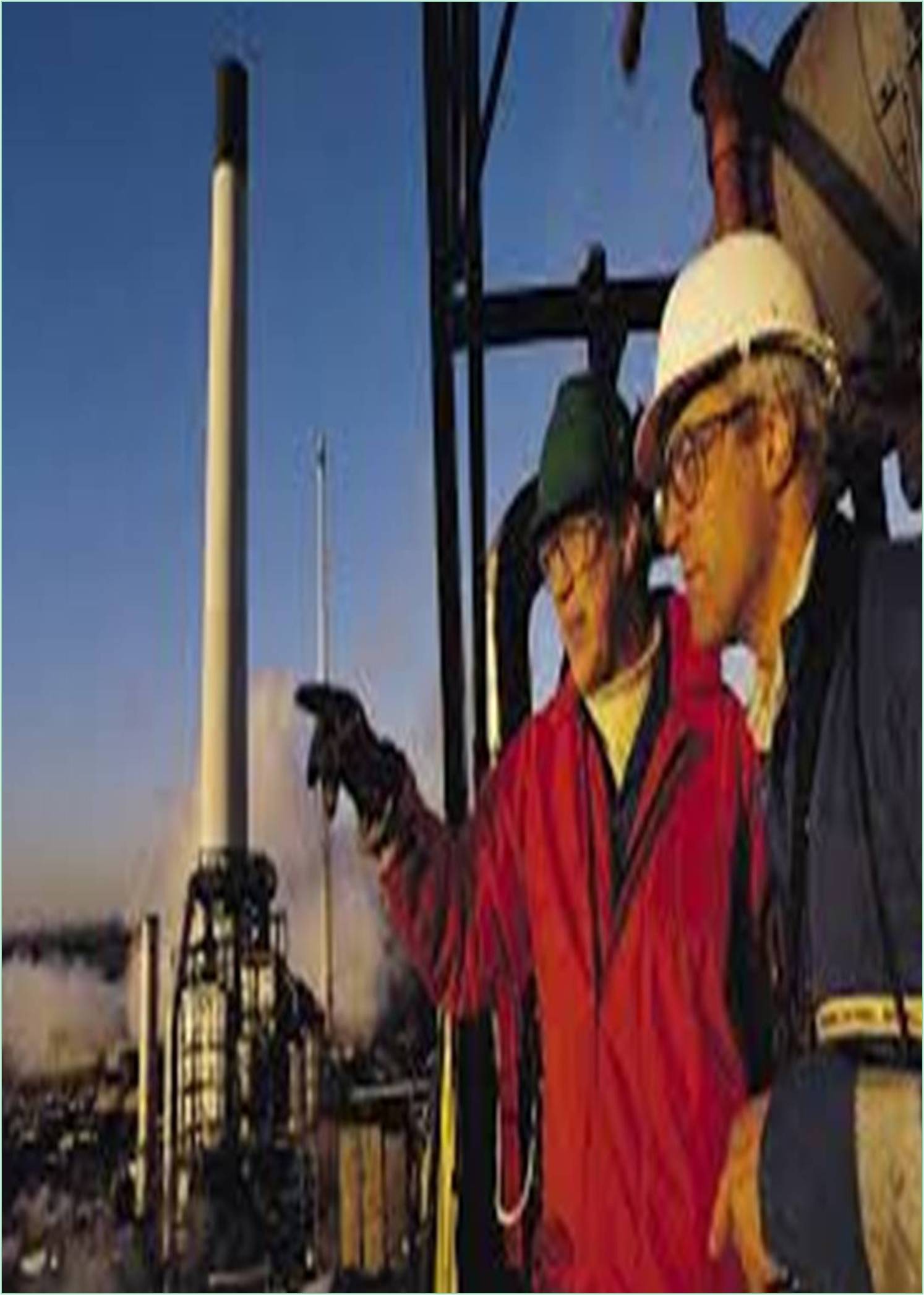



Received: 03-Dec-2021 Published: 24-Dec-2021
The engineering design process involves the following steps for building safe bridge structures gaining a thorough grasp of the situation, identifying probable bridge loads, combining these loads to establish the maximum potential load, and computing mathematical relationships to estimate how much of a specific material is required to withstand the highest load. Understanding the problem is one of the most crucial aspects in the design process. Otherwise, all of the hard work that went into the design could be for naught. If the engineering design team building a bridge, for example, does not comprehend the bridge’s objective, the bridge’s design may be utterly irrelevant to solving the problem. They could create a train bridge if they were told to design a bridge to cross a river without knowing any more information. However, if the bridge was exclusively intended for pedestrians and bikes, it would almost certainly be over-designed and over-priced. So, in order for a design to be appropriate, efficient, and cost-effective, the design team must first completely comprehend the problem. Before taking any action, you must first solve the problem. The weight of the bridge plus any other permanent object affixed to the bridge, such as toll booths, highway signs, guardrails, gates, or a concrete road surface, are referred to as dead loads. Live loads, such as cars, trucks, trains, or pedestrians, are transitory loads that act on a bridge. Environmental loads are transient loads that operate on a bridge as a result of weather or other environmental effects, such as hurricanes, tornadoes, or high gusts of wind; snow; and earthquakes. If sufficient drainage is not provided, rainwater collection may also be an issue. These loads have different values depending on the bridge’s use and location. Examples: A multi-level bridge’s columns and beams should be able to support trains, automobiles, and pedestrians. should resist the combined load of all three bridges when they are all in use at the same time A bridge in Colorado would be subjected to a substantially higher snow load than one in Georgia. In South Carolina, a bridge should be built to survive earthquakes and hurricane winds, but in Nebraska, the same bridge should be built to withstand tornado winds. Six different load combinations are defined by the American Society of Civil Engineers . The load combination that creates the highest load or most critical effect is employed for design planning, same like the UBC method. The load calculations for ASCE, on the other hand, are more complicated than those for UBC. The five UBC load combinations will be used in this lesson and the associated activity Load It Up. An engineer calculates the size of the members after determining the highest or most critical load combination. Any one main piece of the bridge structure, such as columns (piers) or beams, is referred to as a bridge member (girders). The sizes of the columns and beams are computed separately. Engineers use calculations based on material strengths that have been discovered through testing to estimate the size of a column. A load operating on a column is depicted in Figure 1. The largest or most critical load combination from above is represented by this force. This load is applied to the column’s cross-sectional area.
None.
None.